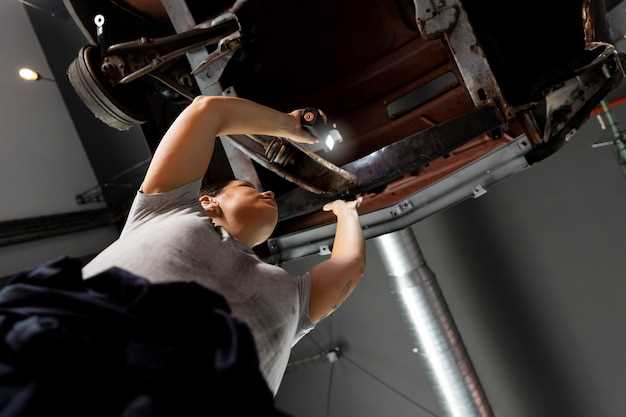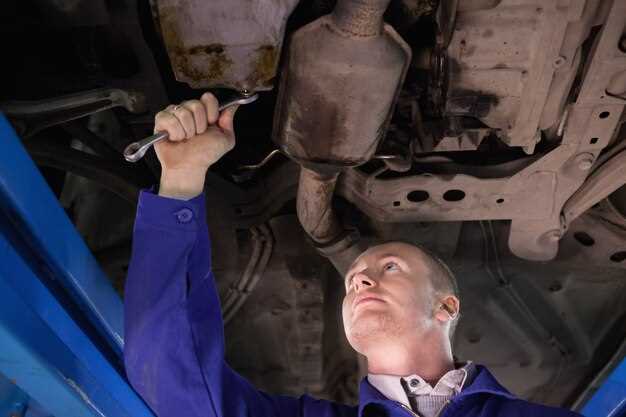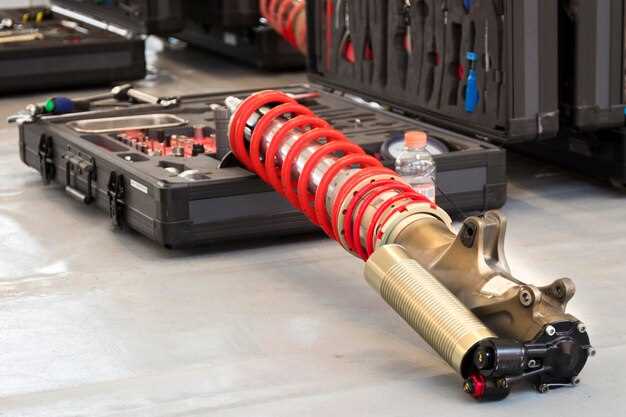
Installing a long-travel suspension system can significantly enhance your vehicle’s off-road capabilities, providing improved handling and comfort on rough terrains. This installation process, while rewarding, requires careful planning and understanding of your vehicle’s suspension dynamics. In this guide, we will walk you through each step necessary to successfully install a long-travel suspension system, ensuring your vehicle is prepared to tackle any obstacle.
A long-travel suspension system allows for greater wheel articulation, enabling your vehicle to maintain traction over uneven surfaces. By extending the wheel travel, these systems improve stability and control during challenging maneuvers. However, with increased travel comes the necessity for precise installation and adjustments to avoid compromising safety or performance. This guide will cover the critical components, tools required, and installation techniques to help you achieve optimal results.
Before diving into the installation process, it’s essential to understand the specific requirements and compatibility of your vehicle with various long-travel suspension kits available on the market. Selecting the right system tailored to your needs will ensure that you maximize the benefits of your upgrade. Let’s explore the essential preparations and steps to effectively install your new suspension system.
Choosing the Right Long-Travel Suspension Kit for Your Vehicle

Selecting a long-travel suspension kit is essential for enhancing your vehicle’s off-road capabilities. When considering a suspension upgrade, several factors must be evaluated to ensure compatibility and performance.
1. Vehicle Type: The first step in choosing a long-travel suspension kit is identifying the type of vehicle you own. Different vehicles, such as trucks, SUVs, and specialized off-roaders, have unique requirements. Research suspension options specifically designed for your make and model to ensure optimal performance.
2. Travel Requirements: Determine how much suspension travel you need based on your intended use. For serious off-roading, a kit offering greater travel will provide improved handling over rough terrain. However, excessive travel may affect on-road stability, so consider a balanced approach for your driving conditions.
3. Ride Quality: Long-travel suspensions can significantly affect the ride quality of your vehicle. Look for kits that offer a good balance between off-road performance and on-road comfort. Test drive vehicles equipped with similar kits to assess ride quality before purchasing.
4. Installation and Compatibility: Some long-travel suspension kits may require additional components or modifications for proper installation. Ensure that the kit is compatible with existing parts and consider whether professional installation is necessary for your setup. Kits that offer straightforward installation can save time and reduce potential issues.
5. Budget: Long-travel suspension kits vary widely in price. Establish a budget that considers both the suspension kit and any additional components or labor costs. While it’s tempting to go for the cheapest option, investing in a quality kit can lead to better performance and durability in the long run.
6. Brand Reputation and Reviews: Research brands and read user reviews to gauge reliability and performance. Trusted manufacturers often provide better warranty options and customer support, adding value to your purchase. Consider engaging in forums or communities to gain insight from other users’ experiences.
By carefully considering these factors, you will be better equipped to choose the right long-travel suspension kit for your vehicle, enhancing both its performance and your off-road adventures.
Step-by-Step Installation Process for Long-Travel Suspension
Begin by gathering all necessary tools and components, including a long-travel suspension kit, wrenches, sockets, and safety gear. Ensure that you also have a clean workspace to facilitate the installation process.
Next, safely lift the vehicle using a hydraulic jack and secure it on jack stands. Remove the wheels to gain access to the suspension components. This step is crucial for ensuring safety and ease of access during installation.
Begin by removing the factory suspension components. Start with the shocks and springs by unbolting them from both the top and bottom mount. If applicable, disconnect any sway bar links or other parts that may hinder the removal process. Careful handling is necessary to avoid damaging surrounding components.
Once the stock components are removed, prepare your long-travel suspension system for installation. Review the manufacturer’s instructions carefully, as each kit may have unique requirements. Verify that you have all required parts, including control arms, shocks, and hardware.
Install the new control arms first, securing them in place with the provided hardware. Ensure that all bolts are tightened to the recommended torque specifications. This is essential for maintaining the integrity of the suspension system.
Next, attach the long-travel shocks to the newly installed control arms. Make sure to position the shocks correctly to maximize travel and performance. Once positioned, secure them tightly at both ends.
Install the longer springs that come with your suspension kit. These are designed to accommodate the increased travel and provide better articulation. Ensure that the springs are correctly seated, which is critical for achieving optimal performance.
Once all components are installed, reconnect any sway bar links or other accessories that were removed earlier. Double-check all connections and fasteners to ensure everything is properly secured.
Now, reinstall the wheels and lower the vehicle back to the ground. Perform a thorough inspection to confirm that nothing is loose and all components are functioning correctly.
Finally, take the vehicle for a test drive. Check for any unusual noises or handling characteristics that may indicate improper installation. If all is well, your long-travel suspension system is now ready for use, providing enhanced travel and improved performance.
Tuning and Maintenance Tips for Long-Travel Suspension Systems

Maintaining and tuning long-travel suspension systems is crucial for ensuring optimal performance and longevity. Proper adjustments can significantly enhance ride quality and handling characteristics.
1. Regular Inspection: Periodically inspect your suspension components for wear and damage. Look for any signs of leaks, cracks, or deformations in shock absorbers, linkage, and bushings. Addressing these issues early can prevent larger problems down the line.
2. Adjusting Damping Settings: Tuning the damping settings on your shocks is essential for adapting to various terrains. Experiment with both compression and rebound settings to find the ideal balance for your driving style and the conditions in which you operate.
3. Setting Up Preload: Adjusting the preload on coil springs can help tailor the ride height and stiffness of your suspension. This is particularly important for achieving the desired sag, which should be around 25-30% of total travel for optimal performance.
4. Checking Fluid Levels: Ensure that your shock absorbers have the correct fluid levels. Low fluid can result in poor dampening performance, while too much fluid can lead to hydrolock issues.
5. Cleaning and Lubrication: Regularly clean and lubricate moving parts within your suspension system. This helps reduce friction and wear, enhancing the overall performance and extending the lifespan of the components.
6. Alignment Checks: After making any adjustments or changes to your suspension, check the alignment settings. Proper alignment is essential for consistent handling and tire wear.
7. Testing Ride Quality: The ultimate measure of your tuning adjustments is ride quality. Take your vehicle for test drives in various conditions to evaluate the suspension performance. Make incremental adjustments based on your observations.
8. Consult Professionals: If you are unsure about tuning or maintenance, consider consulting a professional. Specialized mechanics can provide invaluable insights and help optimize your long-travel suspension system for peak performance.




